Portfolio item page
Project Details
Client: City of Marco Island
Date: 2010 – 2013
Hideaway Beach is part of a dynamic morphologic area that has experienced drastic changes in recent decades. The interaction of riverine flows, tidal fluctuations, spit migration, and barrier island deterioration have increased the beach’s exposure to storm waves and along-shore currents, which has contributed to its critical erosion. To view a time-lapse of changes since 1984, click the image below.
Coastal Engineering Consultants (CEC) and its partners were selected to assist the Hideaway Beach District design a long term alternative to address the erosion loss along a portion of beach adjacent to the Big Marco River on Marco Island, Florida. The comprehensive services included:
- conceptual plan,
- preliminary design,
- permitting,
- final design,
- bidding, and
- construction management.
A Plan Formulation was developed during the conceptual planning and design process which was comprised of:
- performing historic shoreline and volumetric change analyses,
- borrow area screening,
- structural desktop analysis,
- construction budget development,
- preparing a sediment budget, and
- stakeholder presentations.
An alternatives analysis was performed that applied DHI’s MIKE21 model suite to analyze the no action scenario and three erosion control alternatives. Model results were compared to the historical trends, construction budgets were developed, and cost to benefit comparisons performed to identify the preferred alternative. CEC was also responsible for collecting survey, hydrographic and wave data to calibrate and validate model results.
CEC’s final design services included:
- the design of the beach fill templates,
- borrow area dredge templates,
- coastal structure details, and
- technical specifications.
During construction CEC provided comprehensive management services that included:
- pre- and post-construction pay and physical monitoring surveys,
- progress meetings,
- daily site visits and inspections,
- environmental monitoring oversight, and
- final completion certification.
The final design specified 20,000 CY of sand to be dredged from the designated near shore borrow area and placed on the critically eroded North Beach, with an additional 40,000 CY to be placed along the previously nourished Central and South Beaches. The design also specified the construction of three T-groin erosion control structures on the North Beach to decrease the frequency of required renourishment events.
Construction began in April, 2013 and the project was successfully completed in July, 2013. Contractors were required to follow strict environmental protection measures for the duration of the project to minimize any impacts to the environment. CEC expedited a permit modification from the DEP and USACE to expand the borrow area limits to remove an emergent section of the Sand Dollar Island spit that had migrated outside the historical limits. In total, approximately 75,000 CY were placed within the North, South and Central Beach templates.

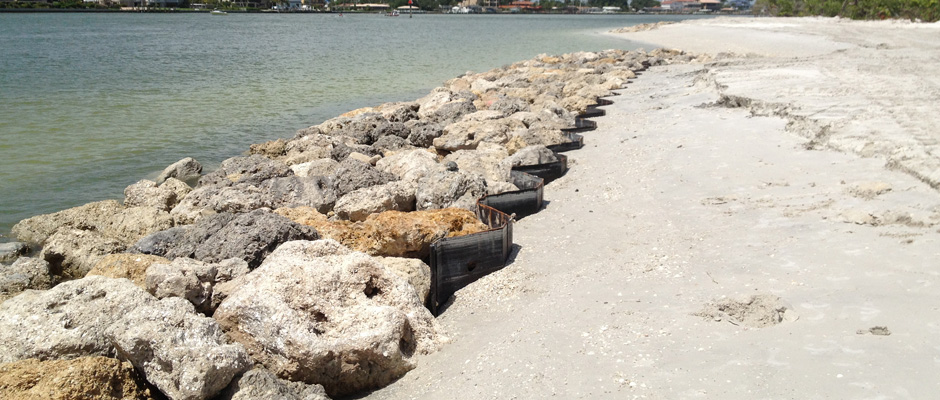
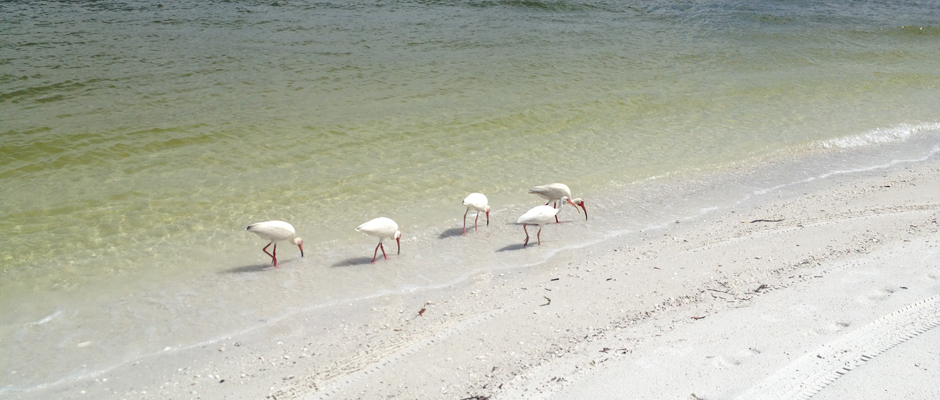
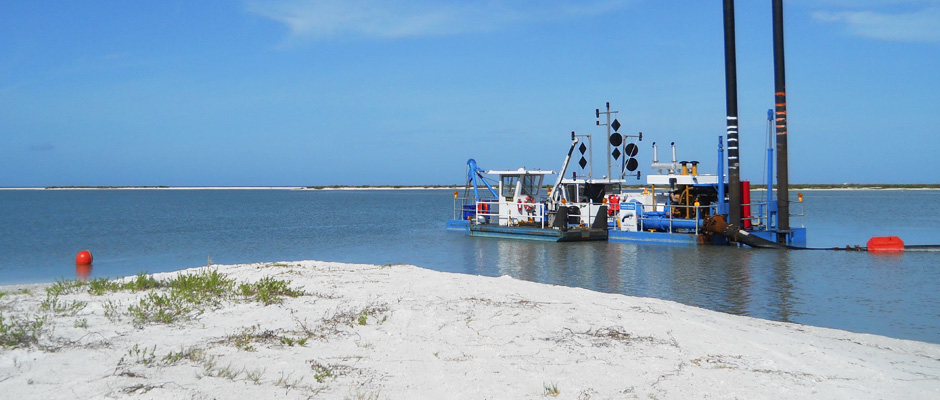
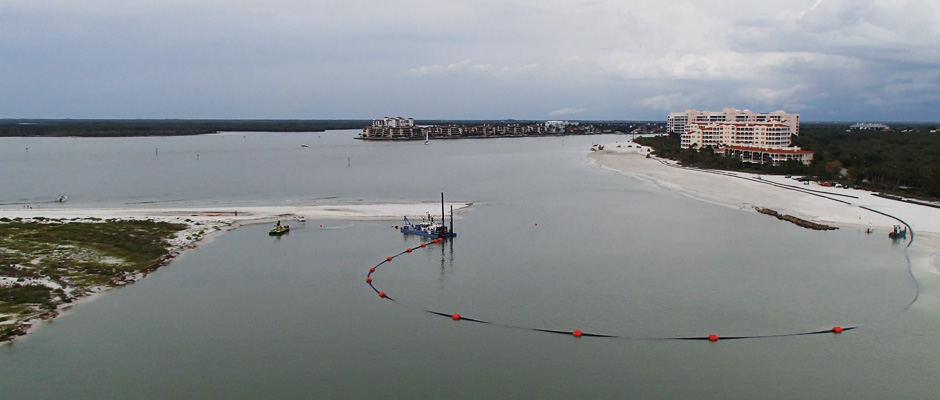


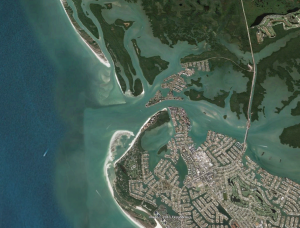

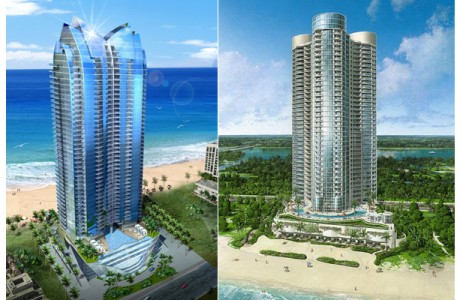

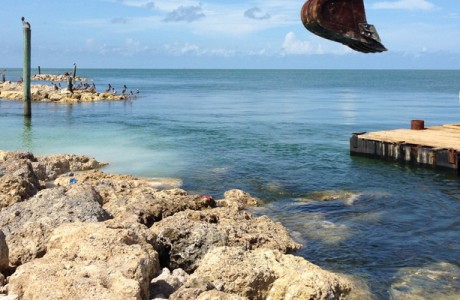
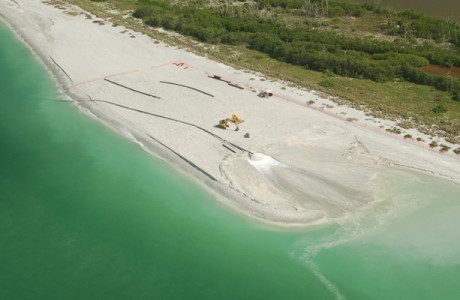
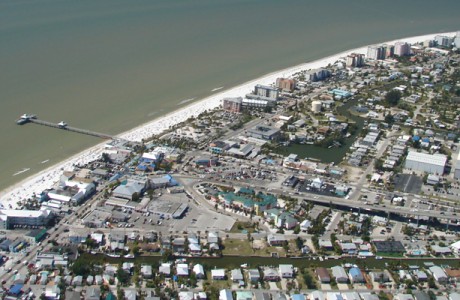

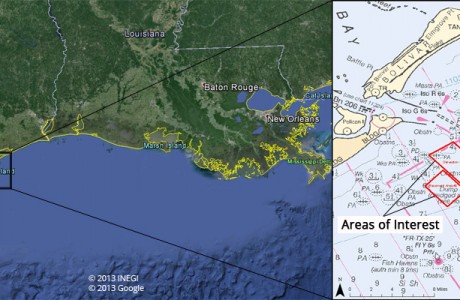
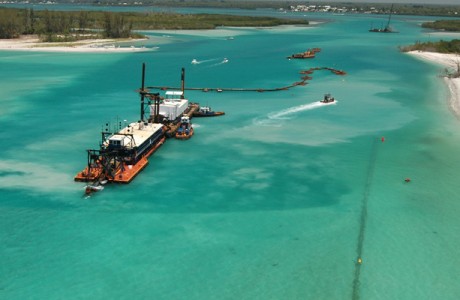
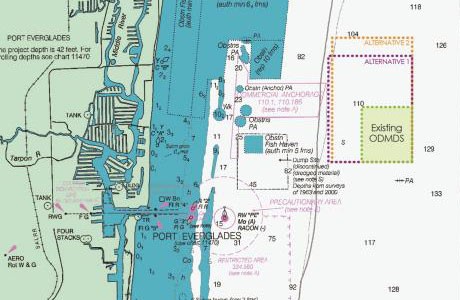
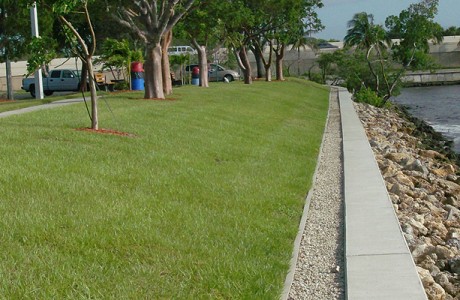
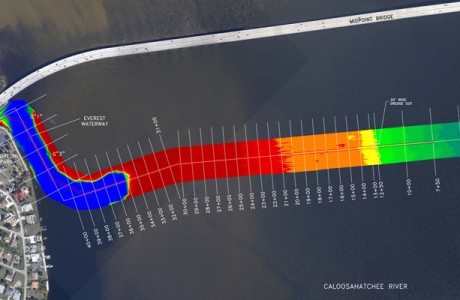
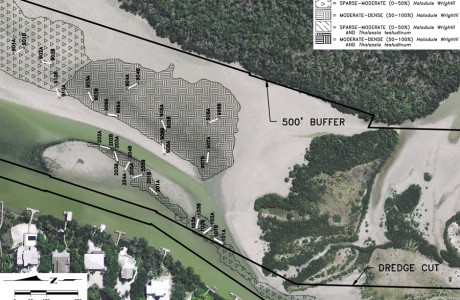
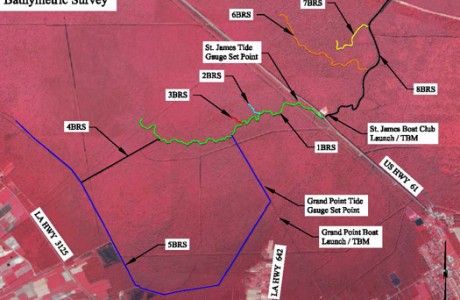
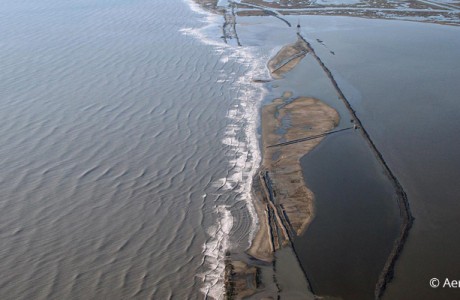
Comments are closed.